Black is the new black. Low-key photography is a style where the main elements are darkness and negative space. It’s an excellent way to create a certain mood or to use contrast to highlight a subject, such as an item, gaze, or outline. These dark images might suggest a dark mood – loneliness or danger – but they don’t have to! Darkness can also be used to create a sense of safety or adventure, for instance.
You can create a low-key photograph in a variety of ways. It can be an underexposed or high-contrast photo; it can be made in the studio, at home, or outdoors; the subject matter can be anything from a landscape to a tiny detail. The main thing is to create something overwhelmingly dark. As darkness is the absence of light and light is the main ingredient of photography, this is a pretty simple recipe.

Still, low-key photography might be a bit of a challenge for a complete beginner, as you need to know how to manually control the exposure of your pictures. But don’t let that discourage you from trying.
Technically speaking, you should make sure you don’t have a lot of light reaching the sensor, by using shutter speed, aperture, and ISO – the histogram should be heavily left-biased. Most of the time these kinds of photos can be made using a very low ISO, so always start with that if you can – that way, you can make sure your photos are as high-quality as possible.

Let’s use some examples to get an idea of how low-key photographs can be created. When you browse through the pictures, try to pinpoint the mood of each photograph and what role the darkness plays in it. Is it playing a supporting role – for instance, creating an opportunity for something else to be the focus? Or is the darkness the main point of the photograph?
Let’s begin!
Using flash or shooting in the studio
Using a flash might seem like a surprising suggestion for a style which is defined by a lack of light. Yet, it’s perhaps the easiest way to accomplish exactly what you want, since it gives you precise control over the amount of light that’s used (and where it falls). A black background helps, but isn’t required. The important thing is that there’s a large enough difference in light levels between the highlights and the rest of the image.

ISO 100, 1/125th, f/10.
This photo was made in a studio, with a black background, two flashes, and a good friend. Leather or another textured, dark material works really well for this kind of photography.

ISO 100, 1/125th, f/8.
To get this profile image, I used two flashes behind and slightly to the right of the model, one higher up and one lower down. This photo could have worked with most backgrounds, as long as the flashes are strong enough.

ISO 100, 1/125th, f/8.
To light a very specific area of this scene, I used a snoot over my flash.
Using natural light for low-key portraits
To get a low-key portrait in natural light, the most important thing you need to watch out for is that the light source is confined by something, such as a window or a door. You also want the spot where the subject is located to be much darker. The examples below show this in two different ways.

ISO 400, 15 seconds, f/7.1,
Calling this ”natural light” is perhaps a stretch, since it’s coming from inside a house at night. Still, the same applies; it’s a restricted light source shining into a relatively dark space. This time, the space is outdoors and the light source is indoors.

ISO 640, 1/200th, f/2.8.
Here, the subject is sitting in a room with daylight shining through a window with curtains. The background was actually a white wall, but since the light from outside wasn’t shining directly onto it, it was dark enough to turn black in this picture.
Using natural light – textures
Low-key photography is a great way to bring out the feature of a subject that is hard to notice when it’s well lit.

ISO 400, 1/60th, f/2.8.
I found a lot of subtlety in the whites of this wilting flower once I underexposed the shot. The background was very busy, but it became almost completely black once I exposed the shot the way I wanted. I added a slight vignette to darken some lighter spots in the corners of the shot. Another nice thing about this style is that it’s easy to extend a black background if you want more space or to make slightly lighter parts black in post-processing.

ISO 3200, 1/200th, f/5.6.
Sometimes there are also nuances to be found in the blacks. This crow, and its beak, were on a table next to a window (the joys of knowing biologists!) which only got indirect light from outside, so the light levels were very low. Still, it was enough to capture the shades and shapes of the beak.

ISO 4000,1/125th, f/4.
The lighting of these crow feathers was the same as for the above photo. The focus on an all-black scene let all the textures and tones be expressed.
Low-key landscapes
Do you prefer landscape photography? No worries, the low-key photography style works wonderfully for that, too! A night scene usually works very well, but clouds are also very useful. They might make the sky less bright, but they also create interesting light patterns on the ground.

ISO 500, 1/250th, f/8.
An overcast day and an industrial, urban scene provided a great opportunity to capture something dark.

ISO 100, 1/320th, f/8.
The clouds added some nice texture to the sky. But what I was most grateful to them for in this picture was the spotlight effect they created on the landscape.
Conclusion
Experimenting with low-key photography is a great way to get creative – there are so many ways to do it! I hope this basic introduction has whet your appetite to try it out. I’d love to hear from you and see some of your creations in the comments section below!
The post Low-Key Photography – Highlighting Darkness by Hannele Luhtasela-el Showk appeared first on Digital Photography School.
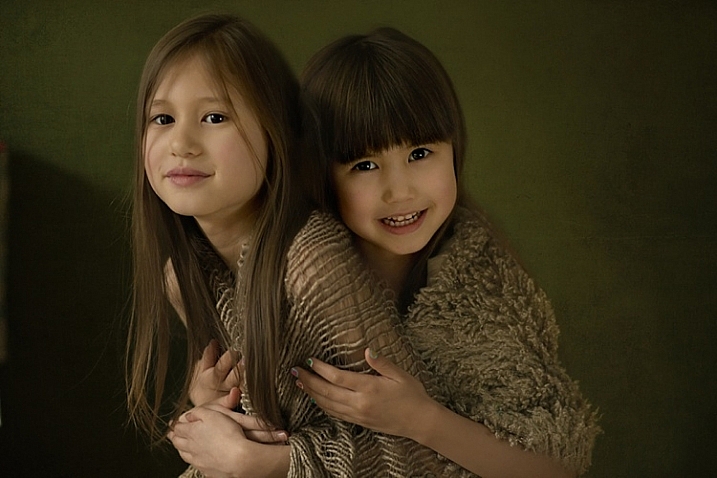
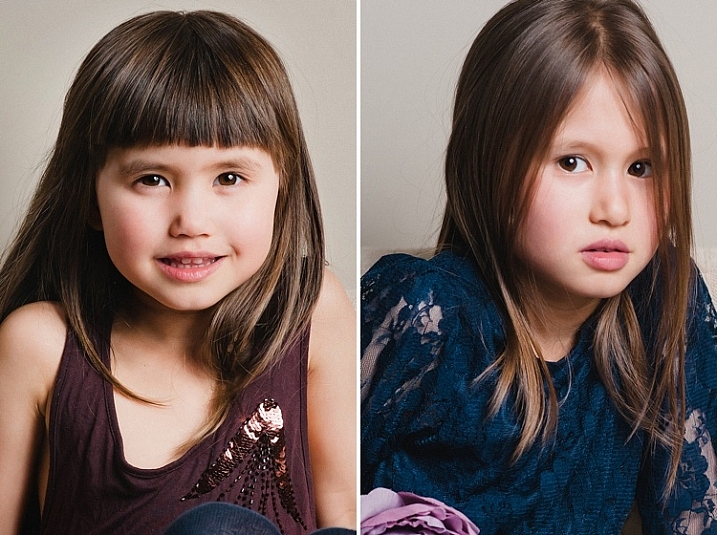
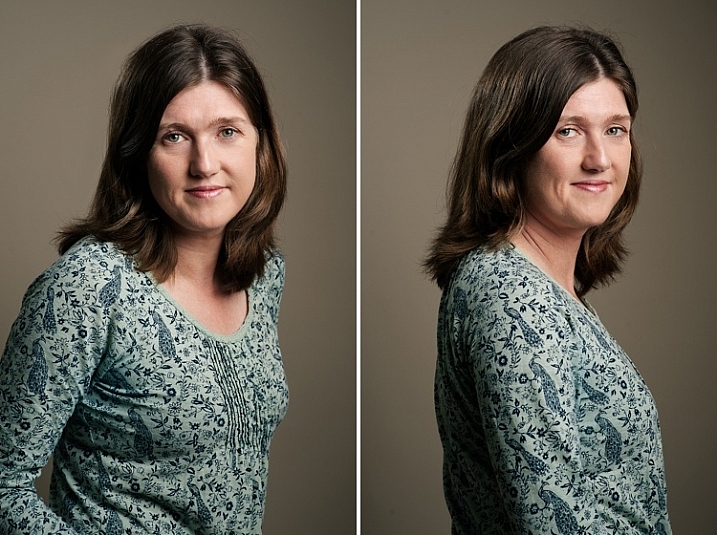
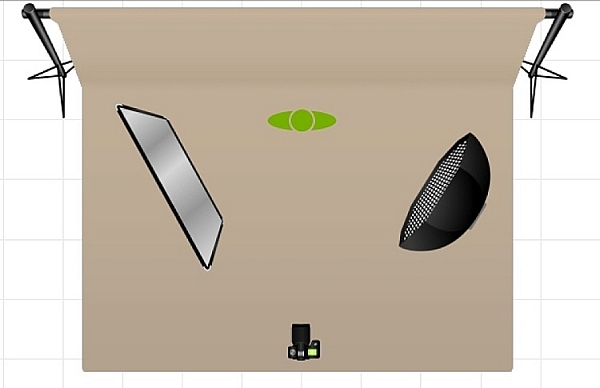
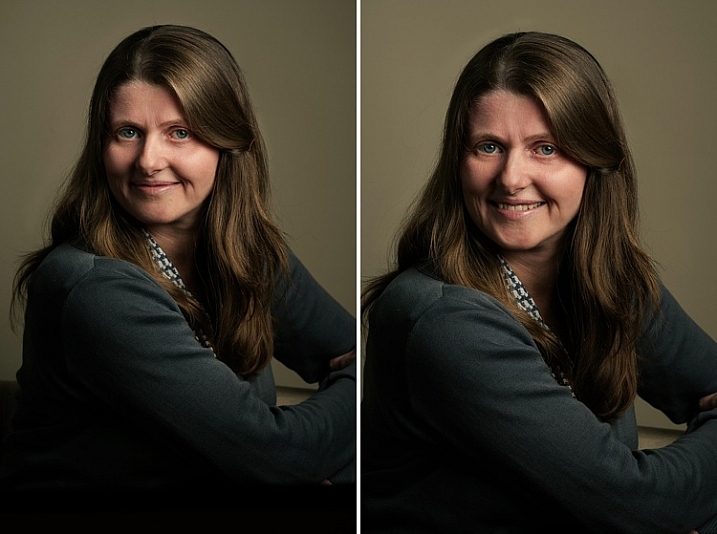
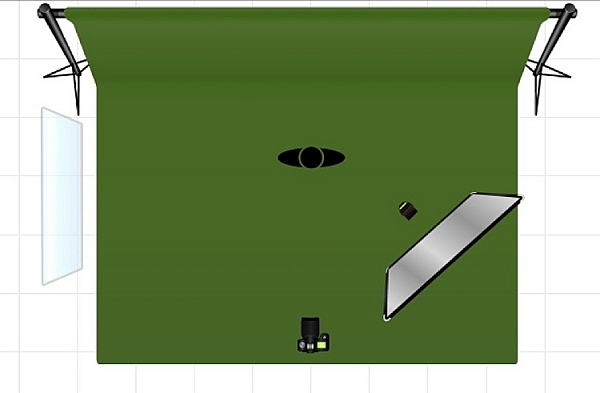
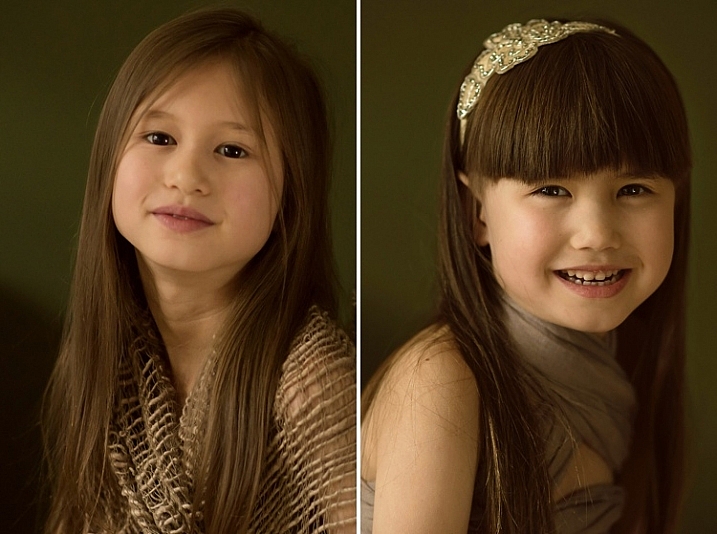
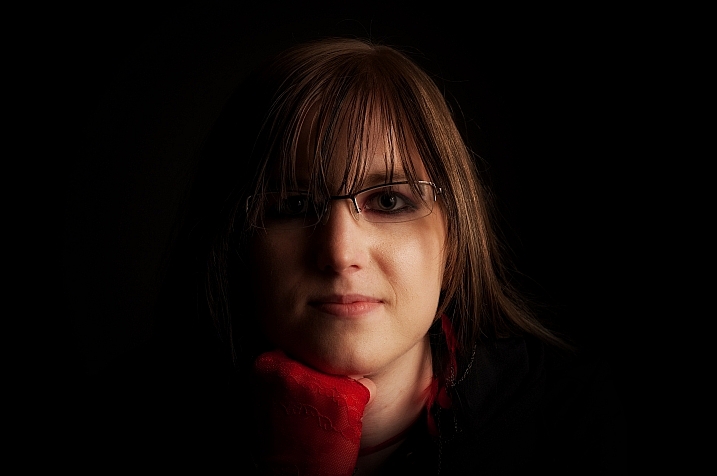
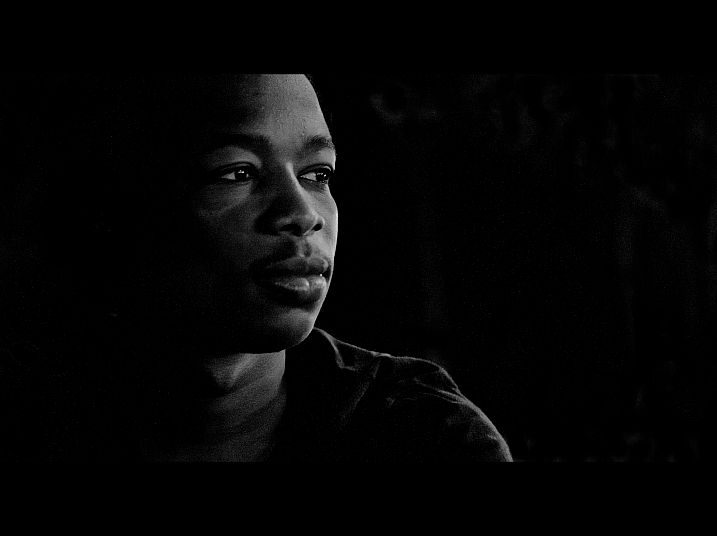
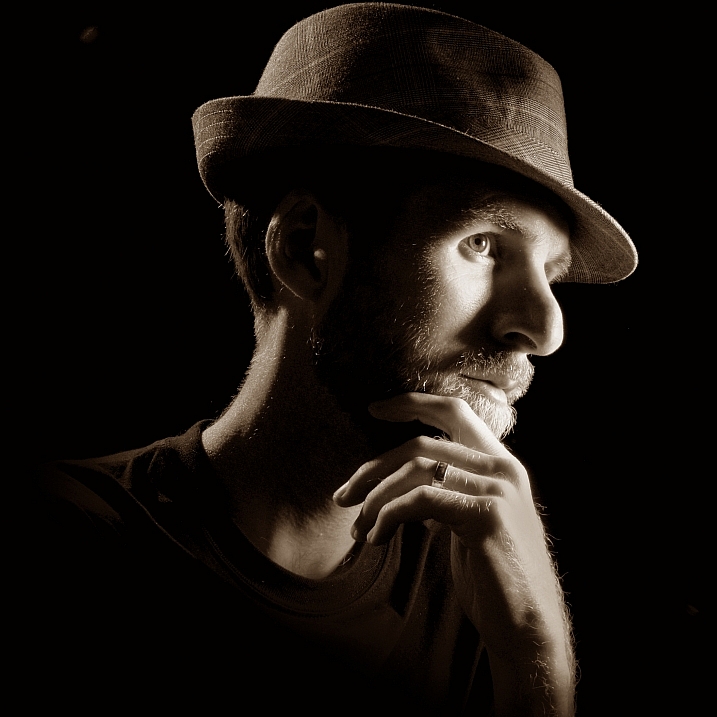
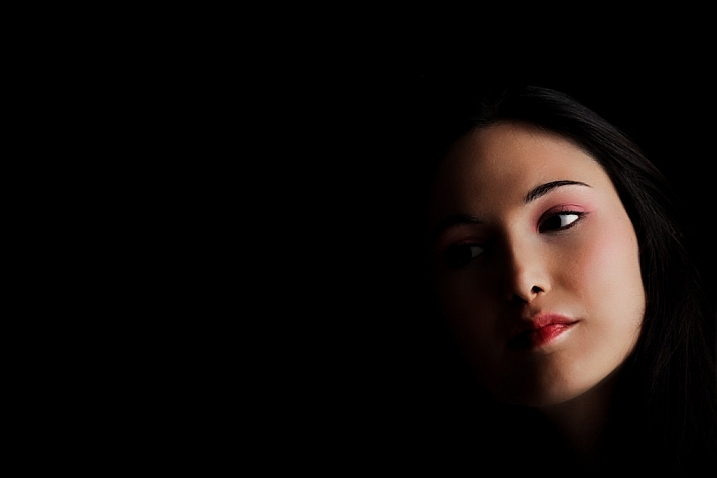

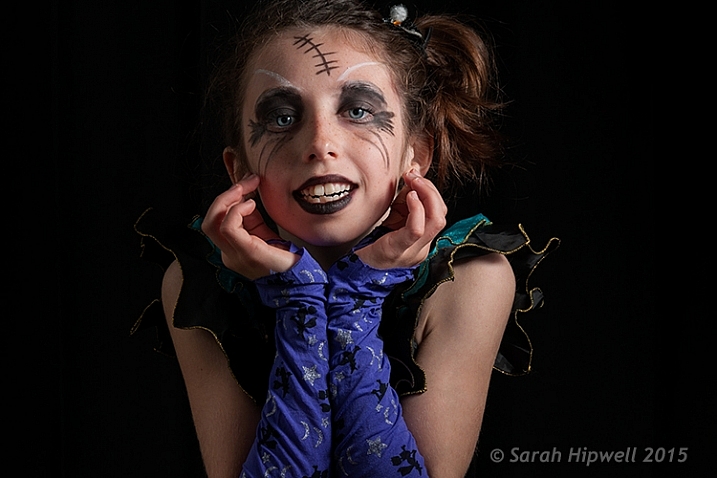
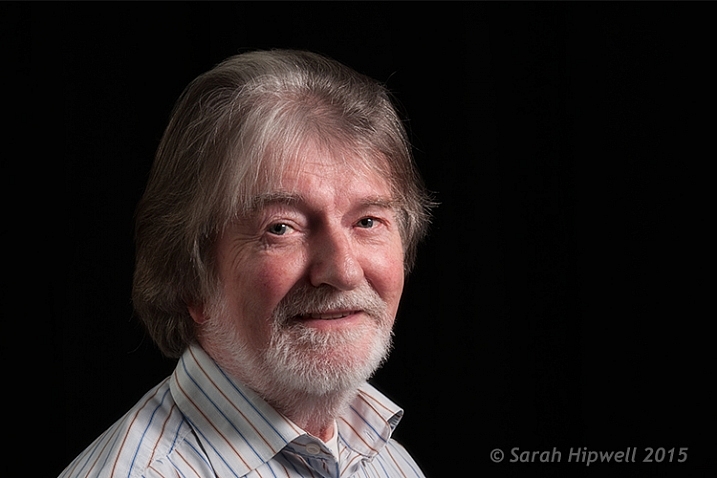
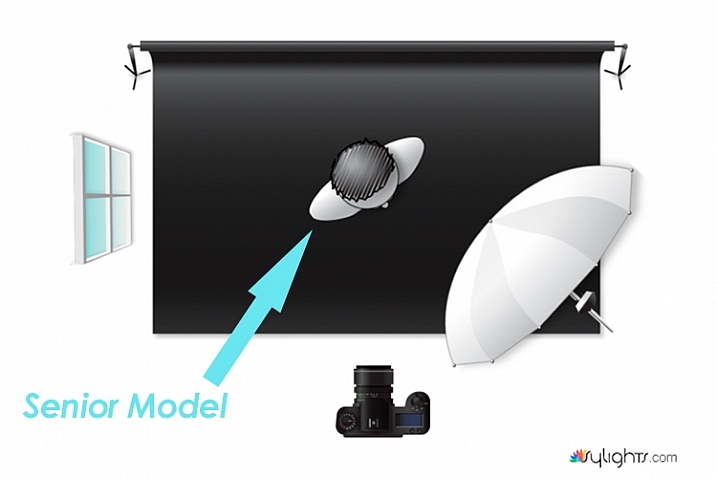


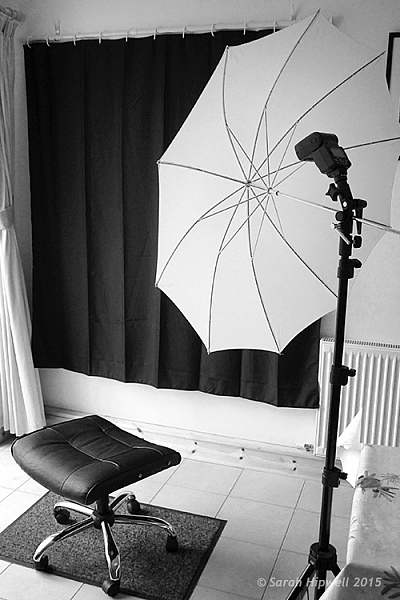
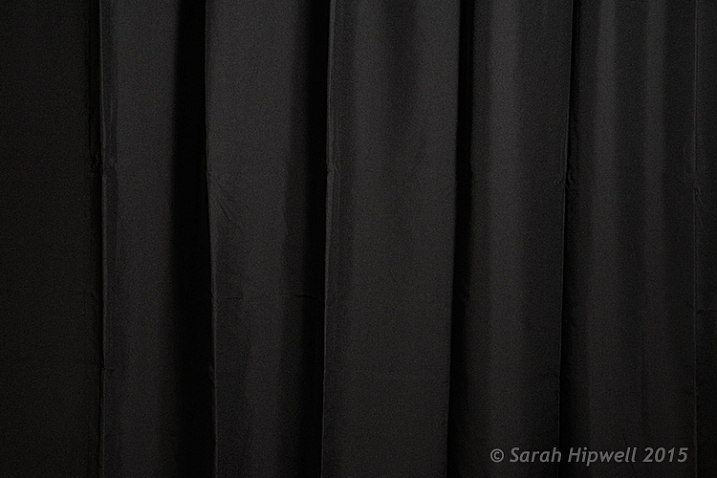
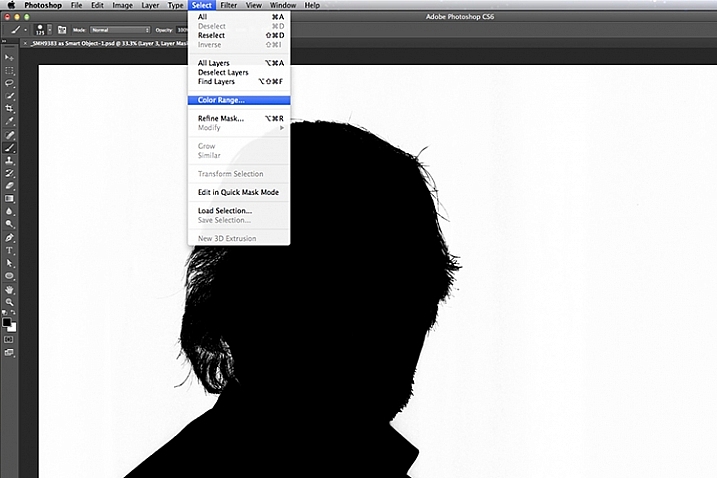
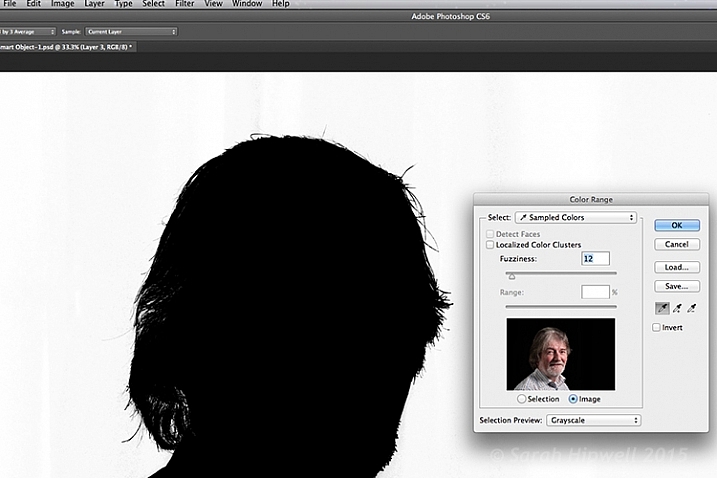
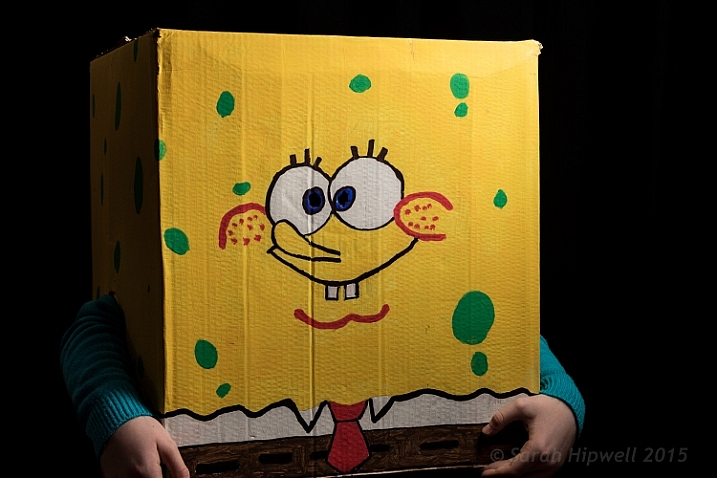






You must be logged in to post a comment.